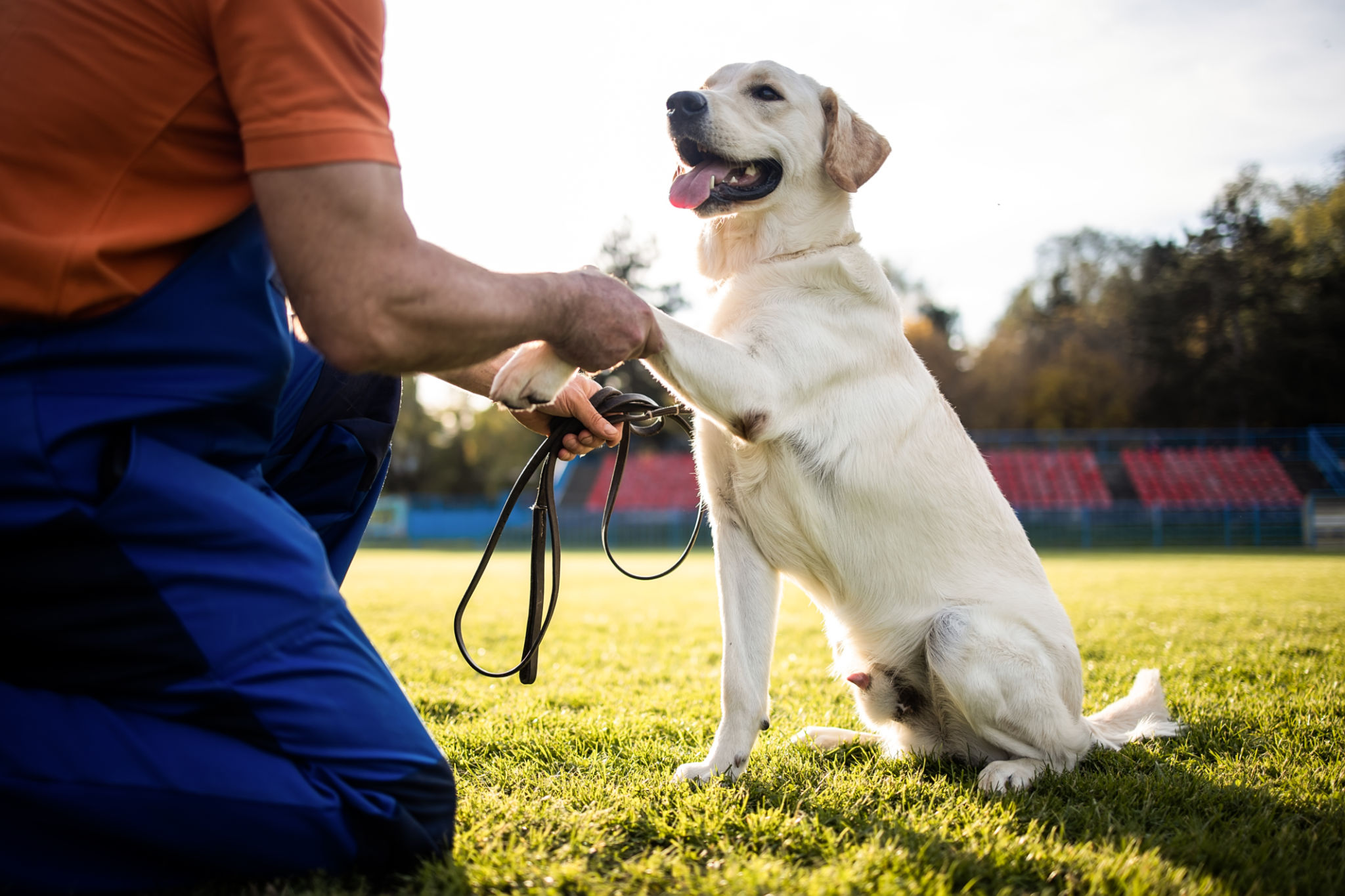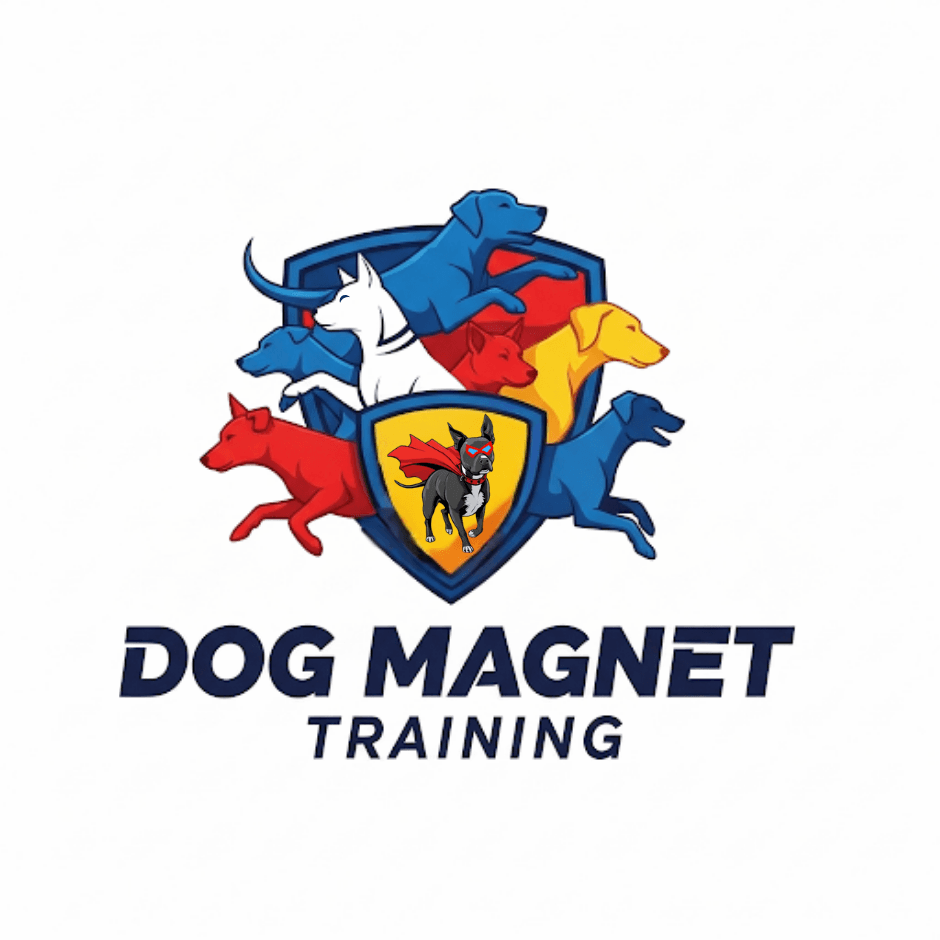Common Dog Training Mistakes and How to Avoid Them
Understanding the Importance of Consistency
When it comes to dog training, one of the most common mistakes is a lack of consistency. Dogs thrive on routine and clear expectations, so inconsistency in commands, rewards, and rules can lead to confusion and frustration for both you and your furry friend. To avoid this, ensure that all family members use the same commands and adhere to the same set of rules.
Consistency is key, not just in verbal commands but also in body language and tone. Dogs pick up on subtle cues, so maintaining a uniform approach across all interactions helps reinforce learning. Regular training sessions, even if they're short, can greatly enhance your dog’s ability to understand and follow commands.

Avoiding Negative Reinforcement
Another common pitfall in dog training is the use of negative reinforcement. This may include actions such as yelling at or physically punishing your dog. These tactics can damage the trust between you and your pet and may lead to fear-based behaviors. Instead, focus on positive reinforcement techniques.
Positive reinforcement involves rewarding your dog for desired behavior, which encourages them to repeat it. Treats, praise, and playtime are effective rewards that can help reinforce good behavior without instilling fear or anxiety.
Setting Realistic Expectations
Many dog owners fall into the trap of expecting too much too soon from their pets. Dogs, like humans, learn at their own pace, and it's crucial to set realistic goals. Pushing too hard or expecting immediate results can lead to frustration for both you and your dog.
Puppies, for instance, have shorter attention spans and require patience and gradual training. Begin with simple commands and gradually increase the difficulty as your dog masters each step. Celebrate small victories along the way to keep motivation high for both you and your pooch.

Understanding Your Dog’s Needs
Every dog is unique, with different personalities and learning styles. A common mistake is not tailoring training methods to suit your dog’s specific needs. Some dogs may respond better to treats, while others are more motivated by playtime or affection.
Observing your dog's responses to different training techniques can help you identify what works best. This personalized approach not only makes training more enjoyable for your dog but also more effective in achieving desired outcomes.
Avoiding Overtraining
While regular training is beneficial, overtraining can be counterproductive. Just like humans, dogs can become mentally fatigued, leading to decreased performance and possible aversion to training altogether. To prevent this, keep training sessions short and engaging.
Aim for sessions lasting no more than 10-15 minutes, especially for younger dogs or those new to training. Break up the day with multiple short sessions rather than one long one to maintain enthusiasm and focus.

Being Patient and Persistent
Patience is a virtue that cannot be overstated in dog training. Some behaviors may take longer to change than others, and setbacks are a natural part of the process. Avoid becoming discouraged if progress seems slow.
Persistence paired with patience will eventually yield results. Celebrate every small achievement and remember that building a strong bond through training takes time. Your dedication will pay off with a well-trained and happy companion.
